When it comes to watching a movie at home, is there any substitute for feeling like you’re actually in the theater? If having the best projector setup possible is important to you, then choosing between 720p and 1080p projectors might just be one of your top priorities. 1080p projectors have become increasingly popular among movie lovers because they offer higher resolutions than their 720p counterparts – but which one is truly better? This article will explore both options more in-depth so that by the end of it you can come away knowing which kind of projector will make for the ultimate cinema experience right in your living room.
What is the resolution in a Projector?
The resolution of a projector is the number of distinct pixels in each direction that can be displayed. Resolution is usually expressed as Width x Height, with the units in Pixels per Inch (PPI). For example, a projector with a resolution of 1280×720 would mean that it has 1280 horizontal pixels and 720 vertical lines of resolution, or 921,600 total pixels.
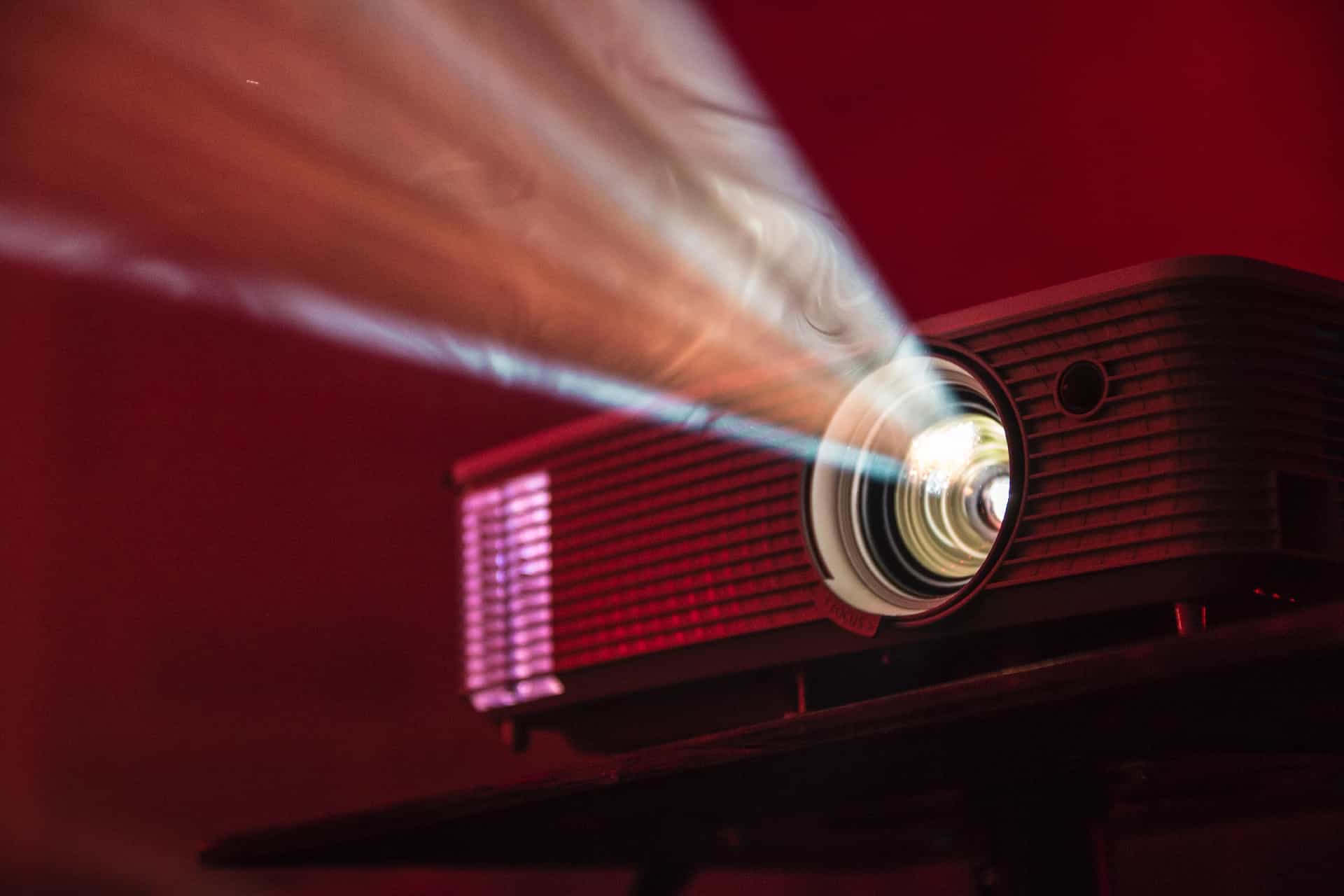
The higher the resolution, the sharper and more detailed the image will appear on screen. High-resolution projectors are capable of displaying high-definition video content for crisp images and smooth motion. Many modern projectors also support 3D viewing using special glasses for an immersive experience.
Higher-resolution projectors are ideal for larger audiences, as the image will remain clear even if people are viewing it from a distance.
It is important to note that the native resolution of a projector may not match your video source’s resolution. If you attempt to view video content with a higher resolution than the projector’s native resolution, it may become blurry or distorted due to scaling. In these cases, you should lower the video source’s resolution or consider upgrading your projector for improved clarity and detail.
Projector resolution is an important factor to consider when shopping for a new projector. Make sure that you select a projector with the right resolution for your specific needs to ensure the best viewing experience possible [1].
Understanding the letter P in 720p and 1080p
The letter P in 720p and 1080p stands for “progressive scan”, which is a method of displaying an image on a screen or monitor. The progressive scan format creates an image by progressively scanning each line of the image from top to bottom, rather than scanning the entire frame at once. This results in better picture quality with less motion blur, especially when viewing fast-moving images such as sports or action movies.
720p and 1080p refer to the number of horizontal lines that make up the display resolution. A 720p resolution consists of 720 horizontal lines (hence “720”) while a 1080p resolution consists of 1,080 horizontal lines (hence “1080”). The higher the resolution, the more detailed and sharper the image will be. When it comes to watching movies or playing video games, a higher resolution is usually preferred as it gives you a better viewing experience.
Both will help ensure that you get the best viewing experience possible [2].
720p vs. 1080p Projectors: Main Differences
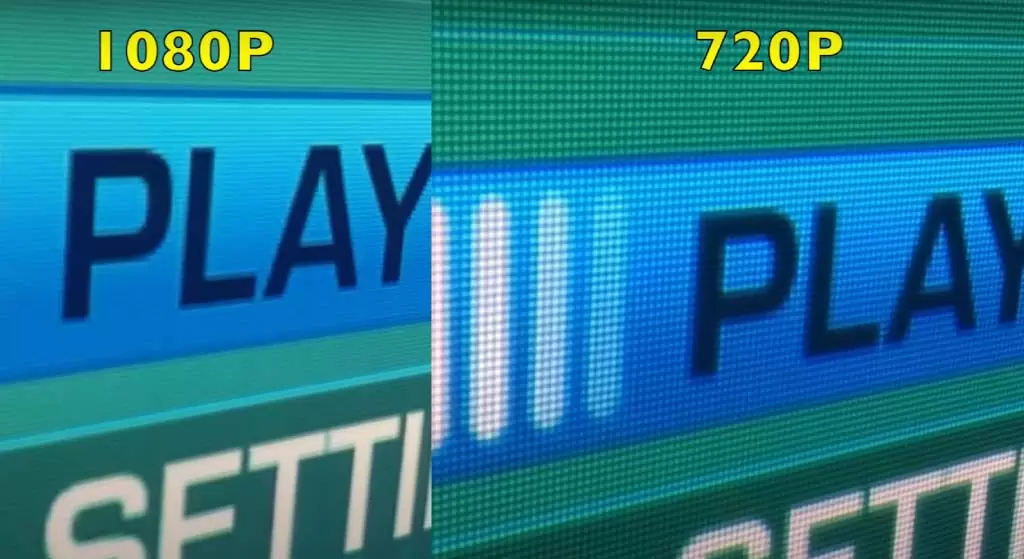
720p Projectors
720p projectors are good for small to mid-sized rooms and viewing presentations in a dark or dimly lit room. They offer lower resolution compared to 1080p projectors, but they can still provide sharp and vibrant visuals when used in the right environment. The main advantages of 720p projectors include lower cost, portability, and flexibility with placement.
1080p Projectors
On the other hand, 1080p projectors are ideal for larger rooms such as movie theaters or auditoriums. They offer higher resolution than 720p models, making them better suited for watching movies or playing video games. The downside is that they tend to be more expensive and require more power for their operation. Additionally, due to the size and weight of 1080p projectors, they can be more difficult to move and place in certain locations.
Similarities
Despite the differences in resolution, both 720p and 1080p projectors have several similarities. For example, they both use a digital light processing (DLP) chip to display an image on the screen. They also come with a variety of inputs including HDMI, VGA, and component video for connecting devices such as DVD players or gaming consoles. Both types of projectors can support 3D viewing when used with compatible 3D glasses. Finally, many models come with built-in speakers for sound output if needed.
720p vs. 1080p Projectors: Specifics
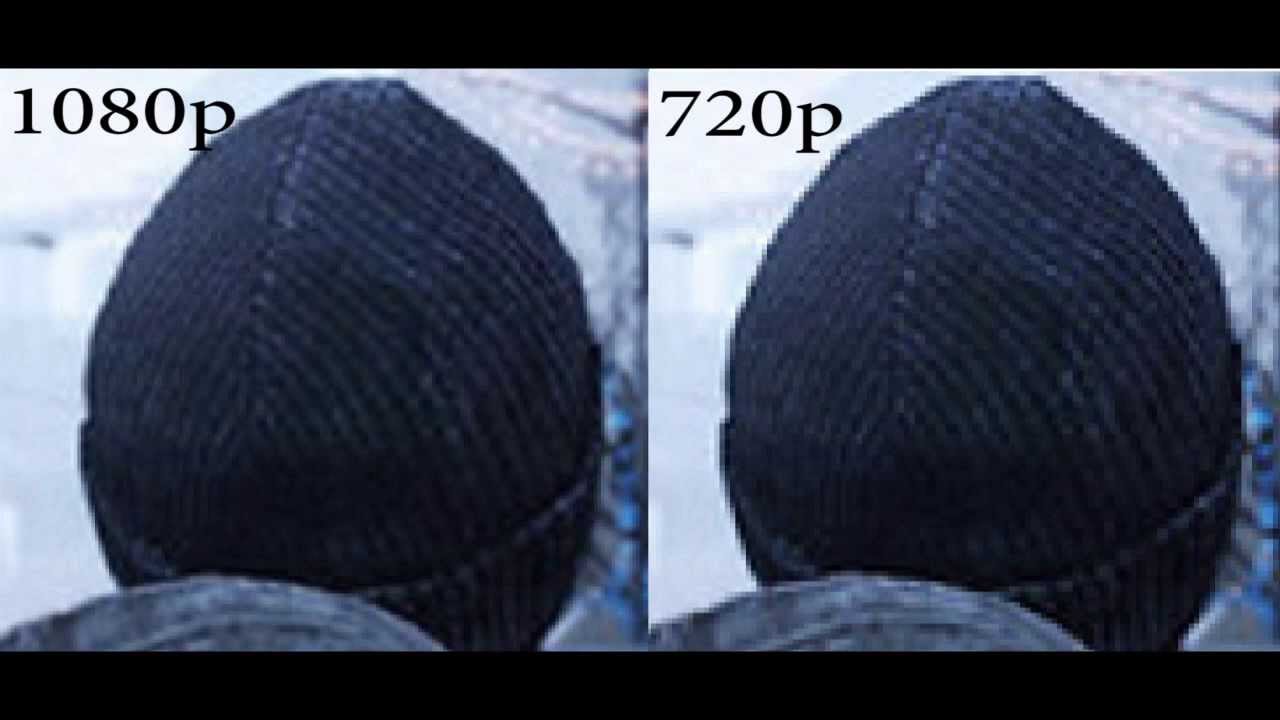
Image Quality
The main difference between 720p and 1080p projectors is image quality. With a higher resolution, 1080p projectors are capable of producing sharper images with more detail, however, this comes at the cost of increased complexity and cost. Additionally, while 1080p projectors offer improved clarity over 720p ones, it can be difficult to notice the difference in certain scenarios such as very small or distant viewing distances.
Color Accuracy
When it comes to color accuracy, 1080p projectors tend to have better fidelity than their 720p counterparts due to the additional resolution allowing for finer gradients in color tones. This can make colors appear more vibrant, but will also require calibration to ensure that everything is accurately reproduced on screen so that no color is lost in the process.
Brightness
In terms of brightness, 1080p projectors generally offer more lumens than 720p ones due to their increased resolution and complexity. This means that they are better suited for larger viewing areas or environments with higher levels of ambient light as they will be able to produce brighter images without losing detail or accuracy.
Screen Size and Seating Distance
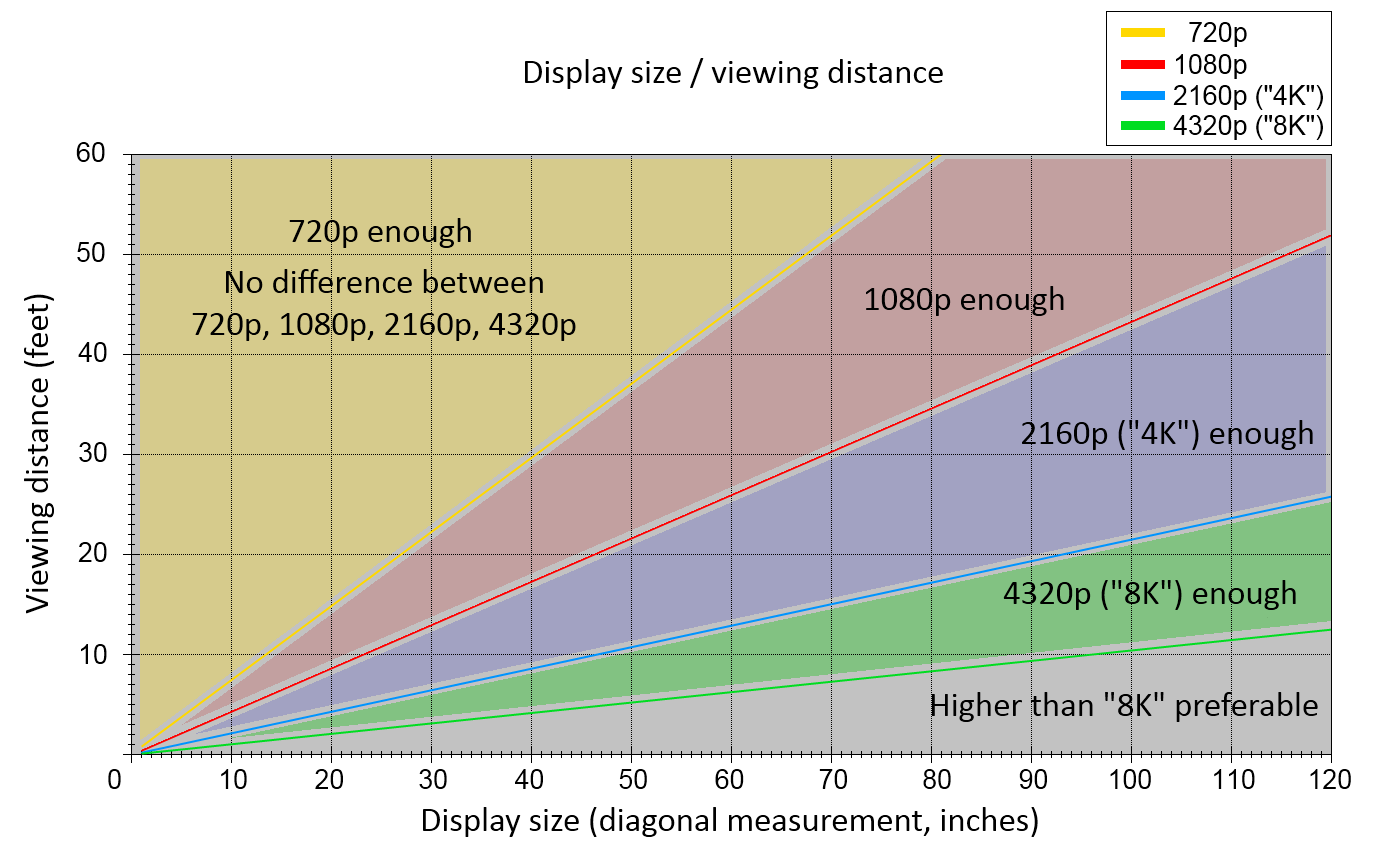
When it comes to screen size and seating distance, 1080p projectors tend to offer more flexibility as they can be used at a greater range of distances while still producing clear images. Additionally, since they are capable of producing sharper images with more detail, they are better suited for larger viewing areas such as home theaters or movie theaters.
HDTV, DVDs, and Blu-Ray
When it comes to HDTV, DVDs, and Blu-Ray, 1080p projectors are the clear choice for viewing these types of content as they are capable of accurately reproducing high-definition images. Additionally, many modern Blu-Ray players come with support for 3D playback which can be enjoyed in even greater detail on a 1080p projector.
Gaming
When it comes to gaming, 1080p projectors generally offer an improved experience compared to 720p ones due to the increased resolution. This means that gamers can enjoy a more immersive experience with games that are capable of taking advantage of the increased detail offered by the projector. Additionally, many modern gaming consoles come with support for 4K content which can be experienced in all its glory on a 1080p projector.
Overall Usage
In conclusion, 1080p projectors offer a better experience than 720p ones when it comes to image quality, color accuracy, brightness, screen size and seating distance, HDTV, DVDs, Blu-Ray, and gaming. However, the increased complexity and cost of these models should be taken into consideration to determine if they are worth the investment for your specific needs [3].
How to use 720p and 1080p Projectors?
First, you will need to determine what resolution your projector is capable of displaying. Most projectors are either 720p or 1080p, with some being 4K Ultra HD-compatible. You can usually find this information in the product manual or on the manufacturer’s website. Once you have determined the resolution of your projector, you can begin setting up your display.
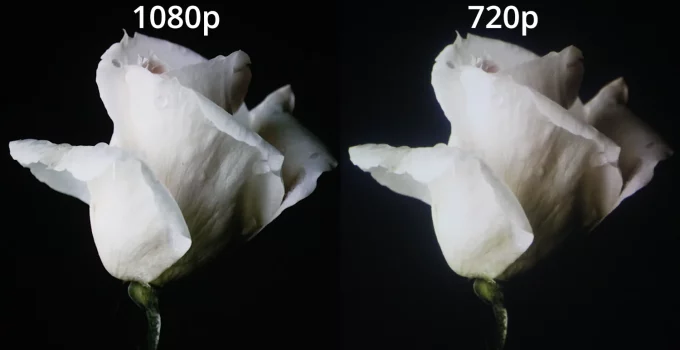
If you’re using a Blu-ray player, game console, or streaming device such as AppleTV or Fire TV Stick, then HDMI is the recommended connection.
When connecting your devices via HDMI, make sure that both your source and projector are set to output in the same resolution. For example, if you have a 1080p projector, be sure that your laptop or Blu-ray player is also set to output content in 1080p. Similarly, if you have a 720p projector, make sure that your source device is also set to output 720p content.
Once everything is connected and properly configured, you should be able to enjoy high-definition video on your display! Keep in mind that some projectors may require additional setup steps or adjustments before they can display full HD or 4K Ultra HD images at their highest resolutions.
FAQ
Is 720p good enough for a projector?
Yes, 720p resolution is still considered to be high definition and should provide a good viewing experience when used with a projector. However, if you are looking for the absolute best quality video output then you may want to consider using 1080p or even 4K resolution instead. Additionally, some projectors can support higher resolutions than other models so it is important to do your research before purchasing one to make sure that the projector you choose will be able to handle the desired resolutions.
Ultimately, what matters most is how the image looks in person and that depends heavily on factors like room lighting and screen size.
What is the best resolution for a projector?
The best resolution for a projector depends on your individual needs and preferences. Generally, 4K resolution provides the highest quality video output and is ideal if you are looking to get the most out of your projector. However, this type of resolution requires higher amounts of processing power to display the images properly so some projectors may not be able to support it. 1080p resolution is also capable of providing high-quality video output but may not have as much detail as 4K resolution.
Finally, 720p is still considered to be high definition and should provide a good viewing experience when used with a projector.
Is 1080p worth it for a projector?
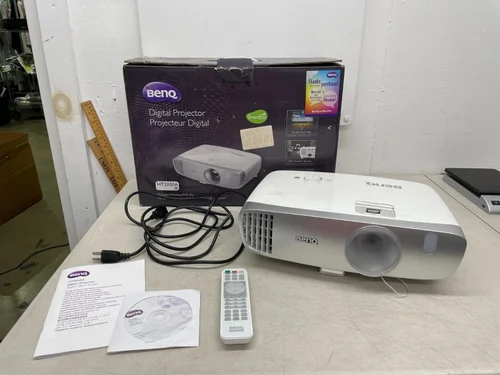
Yes, 1080p resolution is capable of providing high-quality video output and should be worth it for most users. Some projectors may not have the processing power to handle this type of resolution but if yours does then you can expect a good viewing experience. Keep in mind that higher resolutions such as 4K can offer an even better viewing experience, however, those require more processing power which some projectors may not be able to handle. Ultimately, what matters most is how the image looks in person and that depends heavily on factors like room lighting and screen size.
Are all projectors compatible with HDTVs?
No, not all projectors are compatible with HDTVs. Generally, if your projector has HDMI input and output ports then it should be compatible with most HDTVs. Additionally, some projectors also have VGA input ports which will allow you to connect them to select HDTVs as well. Ultimately, it is important to do your research before purchasing a projector or HDTV to make sure that they are compatible with each other.
Can I use my projector for gaming?
Yes, many modern projectors are capable of providing an excellent gaming experience and can even support features such as 3D graphics depending on the type of projector you choose. However, keep in mind that higher resolutions such as 4K may require more processing power which some projectors may not be able to handle. Additionally, it is important to have a good viewing distance between the projector and screen in order to get the most out of your gaming experience.
Can I use my projector outdoors?
Yes, some projectors are designed to be used outdoors and can withstand different weather conditions such as rain and heat. However, keep in mind that these types of projectors typically come with a higher price tag than standard projectors so it is important to do your research before purchasing one. Additionally, make sure that you have a good viewing distance between the projector and the screen otherwise the image may appear distorted or blurry. Ultimately, what matters most is how the image looks in person and that depends heavily on factors like room lighting and screen size.
Is a 720p projector better than 4K?
No, 4K resolution is generally considered to be the highest quality video output and should provide an excellent viewing experience when used with a projector. However, some projectors may not be able to support this type of resolution which is why 1080p and 720p resolutions are still viable options. Ultimately, what matters most is how the image looks in person and that depends heavily on factors like room lighting and screen size. Therefore, it is best to do your research before purchasing one to make sure that the projector you choose will be able to handle the desired resolutions.
Are 720p and 1080p a big difference?
Yes, there is a notable difference between 720p and 1080p resolutions. 1080p resolution has twice as much detail as 720p which makes it capable of providing high-quality video output. Additionally, 4K resolution has four times the amount of detail as 1080p which can provide an even better viewing experience.
Is 720p better than HD?
No, 720p resolution is not better than HD which stands for High Definition (HD). HD resolution consists of 1080p or higher and should provide a more detailed image than 720p. Therefore, it is generally considered to be the best option for providing high-quality video output. Additionally, 4K is becoming increasingly popular as it has four times the amount of detail as 1080p.
Can I play 1080p on a 720p TV?
Yes, you can play 1080p content on a 720p television but the image quality may suffer due to the lower resolution. Additionally, some televisions may not be able to support higher resolutions which might lead to frame rate issues or other visual artifacts. Therefore, it is generally recommended that you use a television with at least 1080p resolution or higher to get the most out of your viewing experience.
Why are 1080p projectors so expensive?
1080p projectors tend to be more expensive than 720p models due to their higher resolution and ability to produce a better viewing experience. Additionally, some 1080p projectors may come with features such as 3D capabilities or wireless streaming which can add to the cost.
Does projector screen quality matter?
Yes, the quality of the projector screen can have a huge impact on your viewing experience. A high-quality screen such as an ambient light rejecting (ALR) or acoustically transparent (AT) projection screen may provide a sharper image with better contrast and color saturation than a standard white wall. Additionally, using a projector screen can also help improve sound clarity by reducing background noise. Ultimately, it is important to consider what type of projector screen will best suit your needs before investing in one.
What color projector screen is best?
The best color for a projector screen depends on how it will be used. Darker colors such as grey, black, or dark blue may provide better contrast and image clarity in rooms with higher levels of ambient light. On the other hand, white screens are generally more suitable for rooms with lower levels of ambient light since they can help to reflect more of the projected image. Ultimately, what matters most is the type of projector you use and how it interacts with your environment so it is important to do your research before making a purchase.
Useful Video: Projector Showdown: BenQ 1080p GS50 vs BenQ 720p GV30 – A VERSUS SEGMENT
Conclusion Paragraph
720p or 1080p Projector? So, which is better? Ultimately, it comes down to personal preference. If you want the highest resolution available and don’t mind shelling out a bit more money for it, then your best bet is to go with a 1080p projector. Alternatively, if you’re looking for something cheaper but still good enough for most viewing applications, then a 720p projector could be the right choice for you. In either case, it’s important to consider what type of device you’ll be connecting to your projector as well as how far away from the screen you plan on sitting when watching movies or playing games. With these factors in mind, you should have no trouble finding the perfect projector for your needs!
References
- https://www.viewsonic.com/library/entertainment/choosing-the-right-projector-resolution-for-your-needs/
- https://blog.online-convert.com/what-does-the-p-in-720p-stands-for/
- https://colorfy.net/720p-vs-1080p/

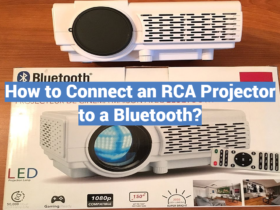
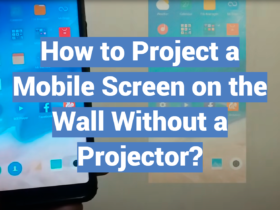

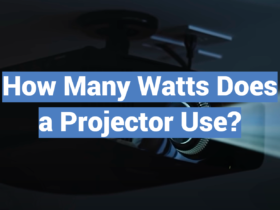
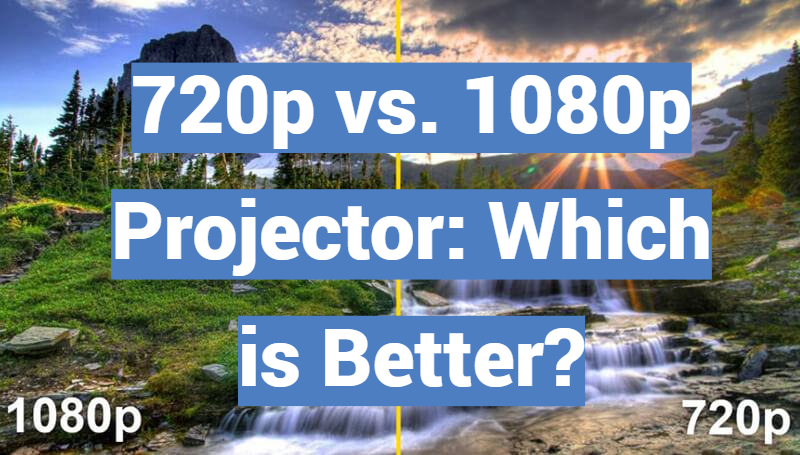
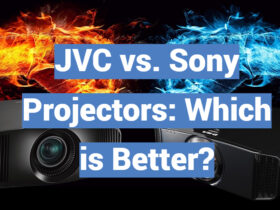
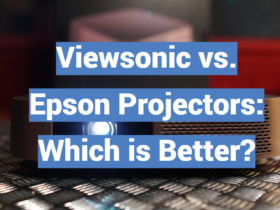
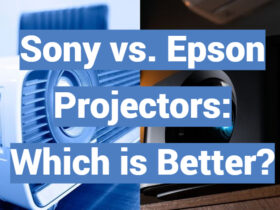
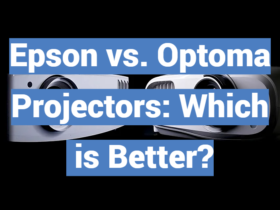
Leave a Review